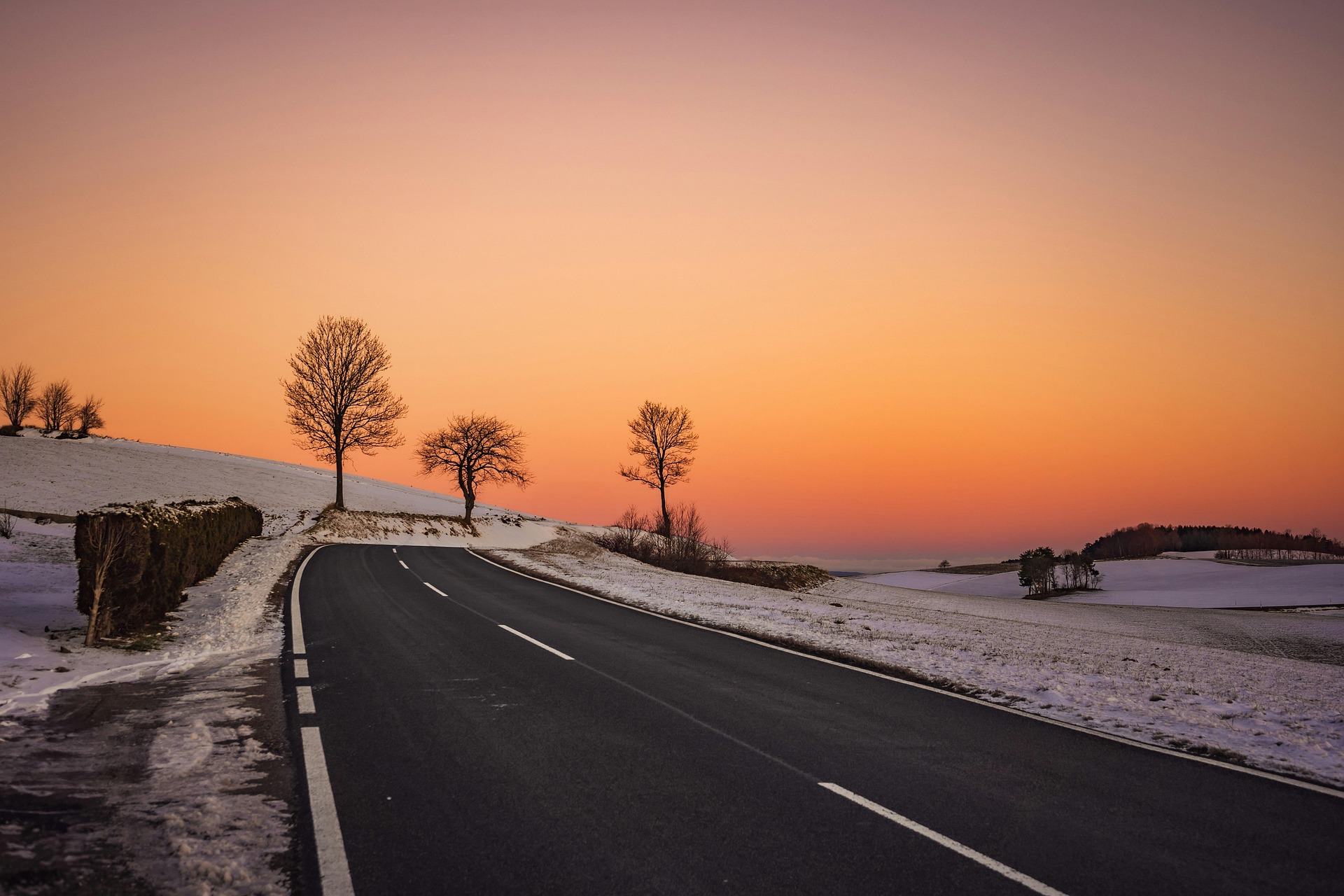A fine kettle of fish, an ancient Mesopotamia
unearthed anew. Mystic cities, the press
of fertile crescents,
thighs wide like to lay seed in. Literal rivers.
Blood on the tongue, hands rough with hammers,
structures without the sense
to not stand. A parting of fur, part animal part
iron. Whole constellations of mistakes, a population
of givers and cobblers, prone to sunburn and made
in the image of an absent god.
Flood plains, house fires. Obvious mosques. A single word
for coward and to want.
Galleries and a textbook of anatomy. Set loose in the desert,
a dissection of thirst.
Not a museum of ideas, but a neonatal unit. A sense of unity,
a few songs for the deaf.
Something more from maps. Both catch and release.
Tiny, ritual deaths.
Cate McLaughlin, an MFA student at Syracuse University, has published a chapbook,The Year of Black Coffee.
[Purchase your copy of Issue 05 here]
![[What They Were Building…]](https://thecommononline.org/wp-content/uploads/2013/05/5428199672_e5b9f562f6_m.jpg)



